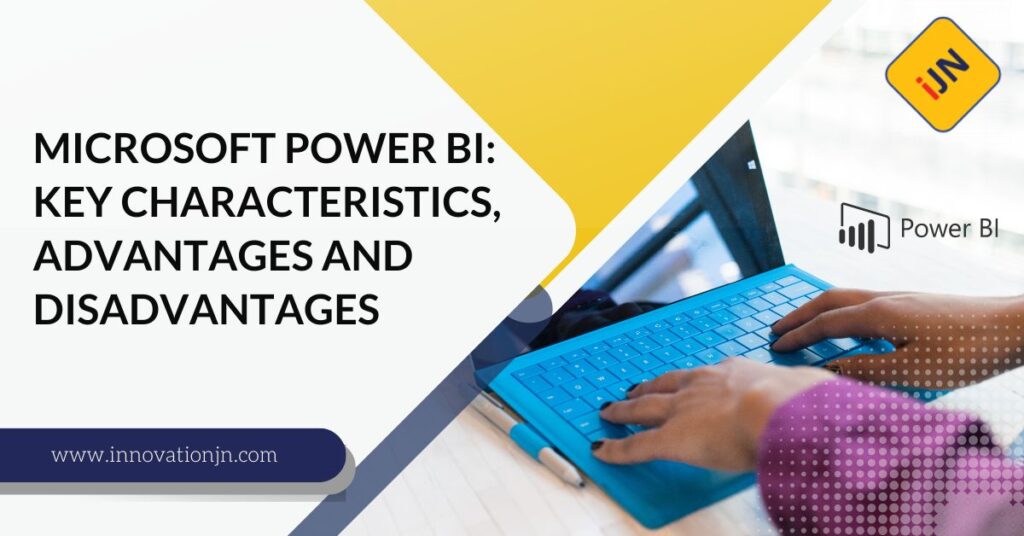A glance into the concepts of Power BI

Microsoft Power BI is a cloud-based business analytics service that allows users to perform data analysis, data visualization, and report creation. Power BI is a self-service business intelligence tool that enables users to explore and visualize data, interact with the data and create dashboards. It is a powerful tool for extracting such effective data results. […]
Microsoft Power BI: Key characteristics, advantages and disadvantages

Power BI is an analytics and visualization product slowly taking over the world of business intelligence. Businesses are adopting it rapidly, and the adoption rate will only increase with the release of the native mobile app. However, like any other product, Power BI has its upsides and downsides that keep many businesses wary of adopting […]
